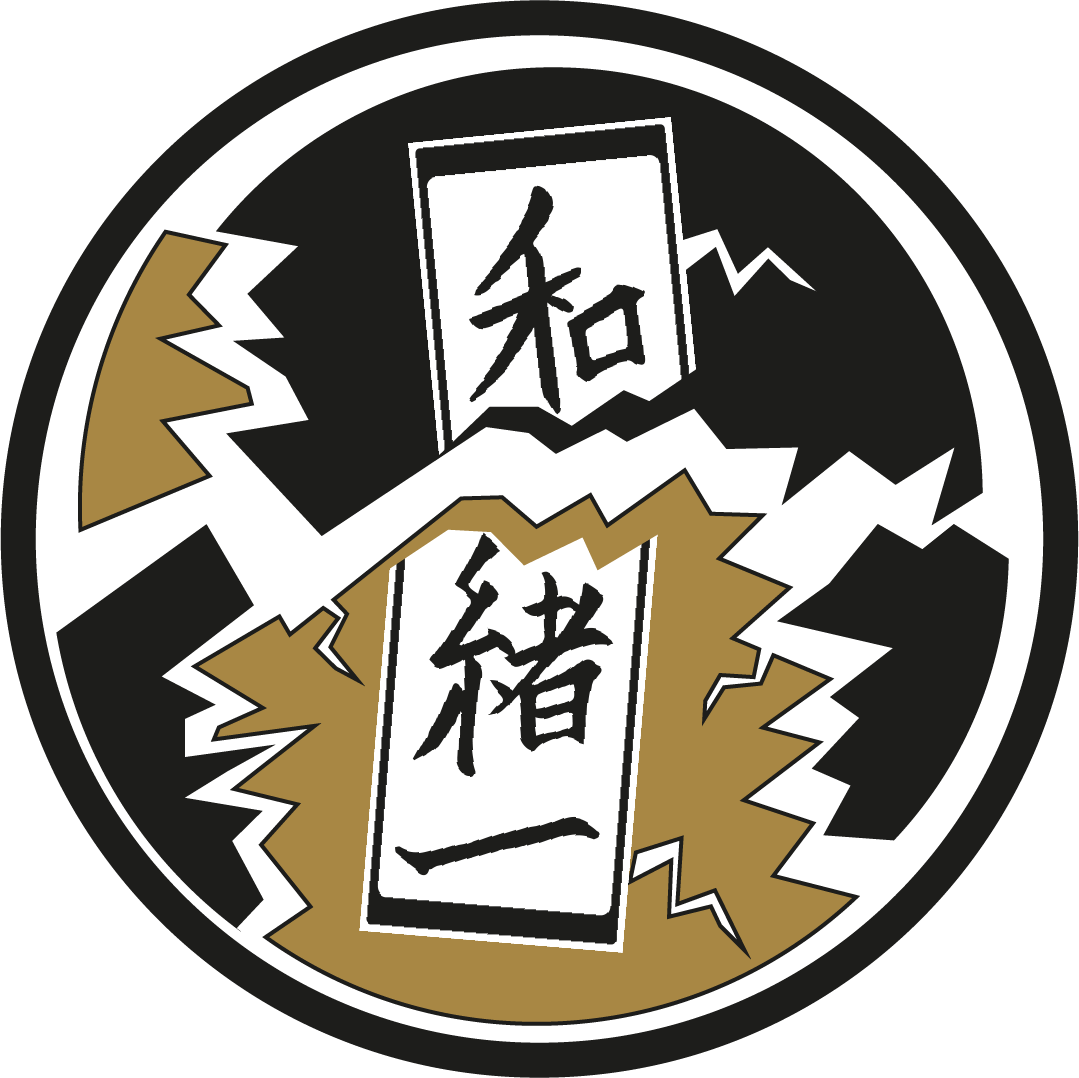Eating Out in Japan: Surviving a Restaurant Visit (Part 1)
If you’ve never been to a restaurant in Japan, you may be surprised that the first thing you hear is some kind of a shout. That is simply the waiter or waitress welcoming you by saying irasshaimase いらっしゃいませ in a pretty high-pitched, enthusiastic voice. Often, other staff members will join the chorus, letting the staff member that first saw you entering know that they also have seen the one or several new guests arriving. This is something I would call rather unique, because it not only informs you as a customer that you have been seen, but also gives you the feeling that there is something like a team spirit going on between the waiters and waitresses. I, for my part, have never heard any welcoming chorus when I enter a restaurant in Switzerland or in other countries – although maybe you have.
Next, you either go find a table on your own or they will ‘stop’ you and ask you how big your party is by saying: nan meisama de irasshaimasu ka? 何名様でいらっしゃいますか。Let’s assume you go to a restaurant with a friend – then you would say futari desu 二人です (two people). Click here to see how to count people in Japanese and adjust accordingly. As soon as they recognize you as a non-Japanese and they do have a menu in English on hand, they will give it to you automatically (in most cases). For the rare case that it sits in an empty drawer in the back somewhere, here is how to ask for it: eigo menyū (=English menu) wa arimasu ka? 英語メニューはありますか。However, do not expect that there is an English menu everywhere, especially if you are not in a popular touristic spot. But that means you will have more opportunities to practice your Japanese!
If you want to practice your speaking and listening skills further, you can ask the waiter if they can recommend you something from their menu instead of the never ending page-turning and figuring out what the hell those kanji mean: osusume (recommendation) wa nan desu ka? おすすめは何ですか。Yes, you may not understand in the end what the recommendation actually is when you are not familiar with certain words, but isn’t that what makes language learning adventurous? As long as you have no allergies and are not on a special diet, just try out new dishes!
When you have made your choice (either by looking at the menu or listening to the waiter’s osusume) and you are ready to order, say: kore o hitotsu onegaishimasu これを一つお願いします。This literally means ‘one of this, please’. Of course you can insert the actual name of the dish (or drink) instead of saying kore これ (this). Check out this list for the counters for things if you want to order an item more than once. You may want to insert futatsu 二つ (two) instead of hitotsu 一つ. Then, you finalise the order by saying ijō de onegai shimasu 以上でお願いします, meaning ‘that’s all’. (And then the whole process starts again once you have reached the dessert stage)
When the food is being served it is polite to say itadakimasu いただきます, which means ‘I humbly receive’. You can even say this when you are eating out alone. This shows that itadakimasu doesn’t simply mean ‘bon appetit’, because it would be rather weird to say bon appetit to yourself, wouldn’t it? If you receive something humbly, you are not only being polite to the chef and the waiter, but also to the food itself.
Written by Jannick Scherrer

